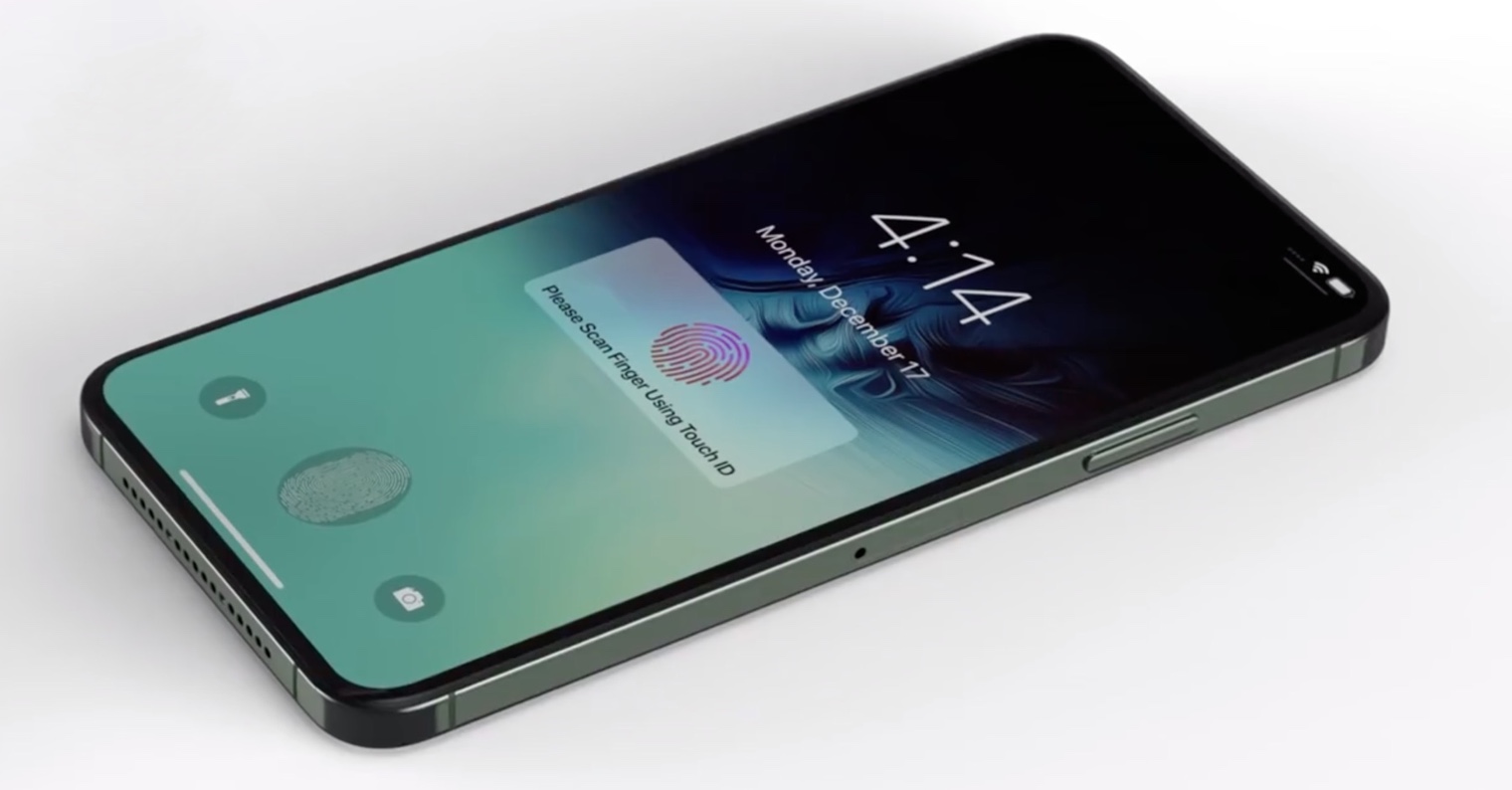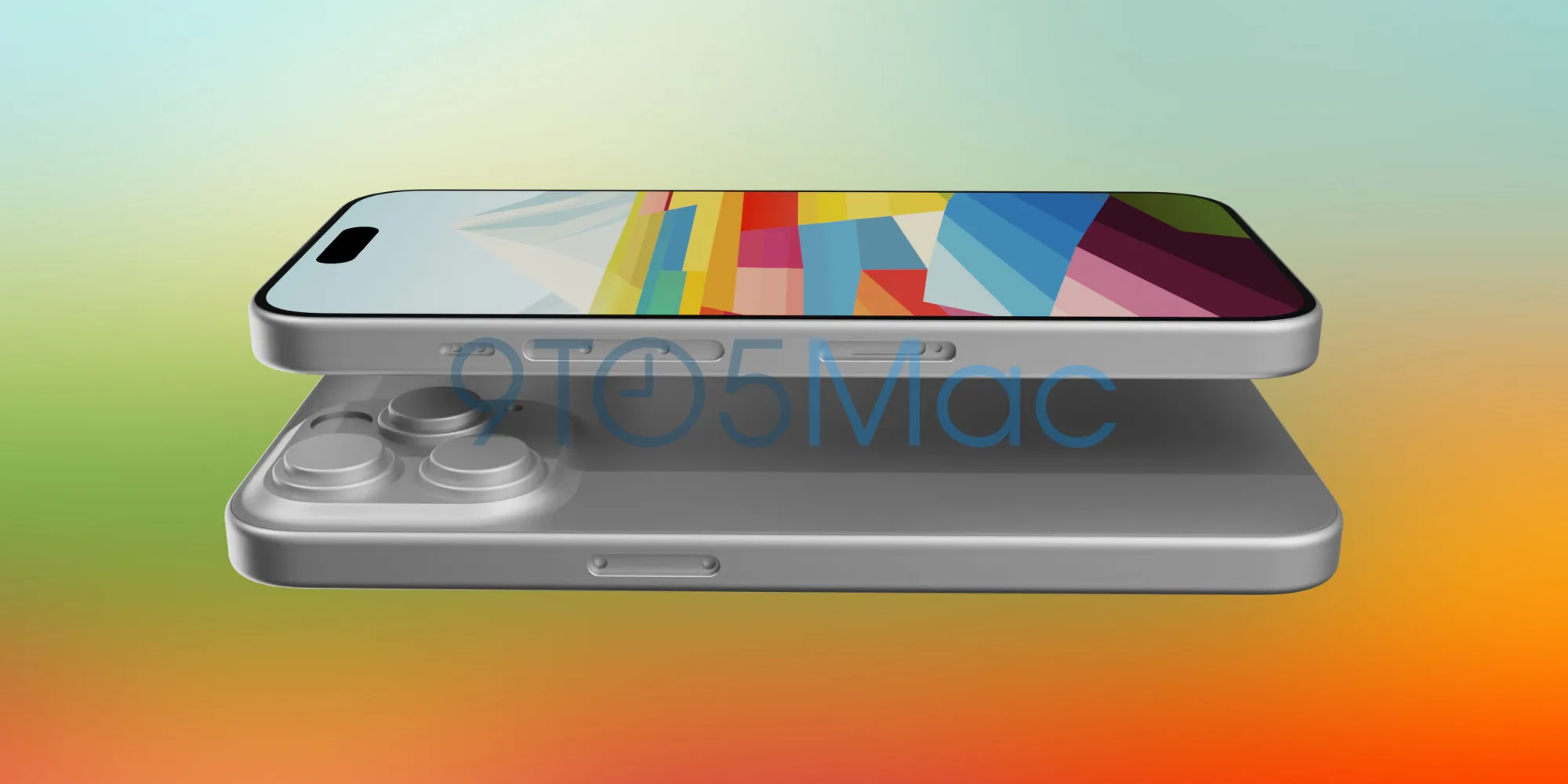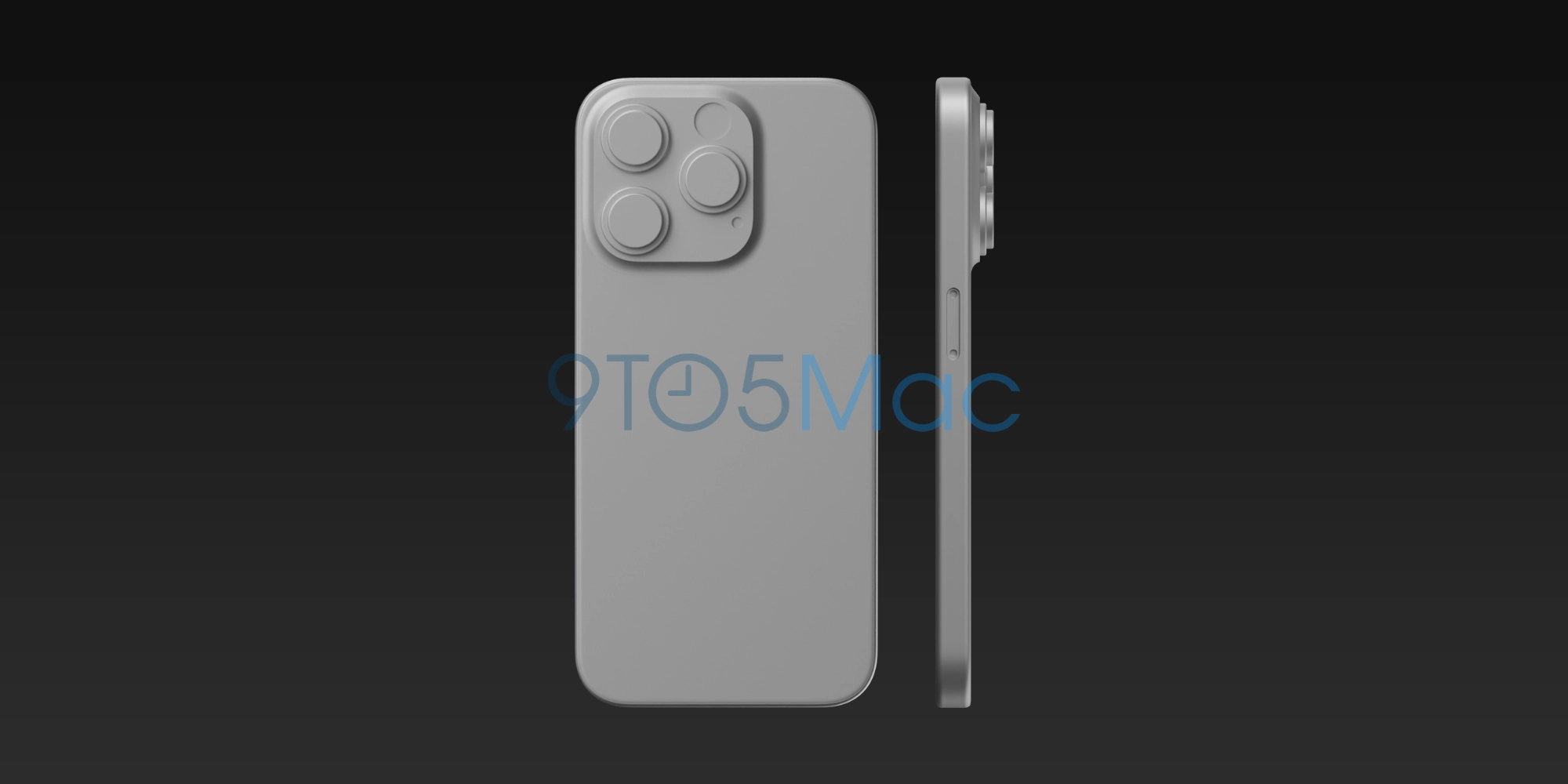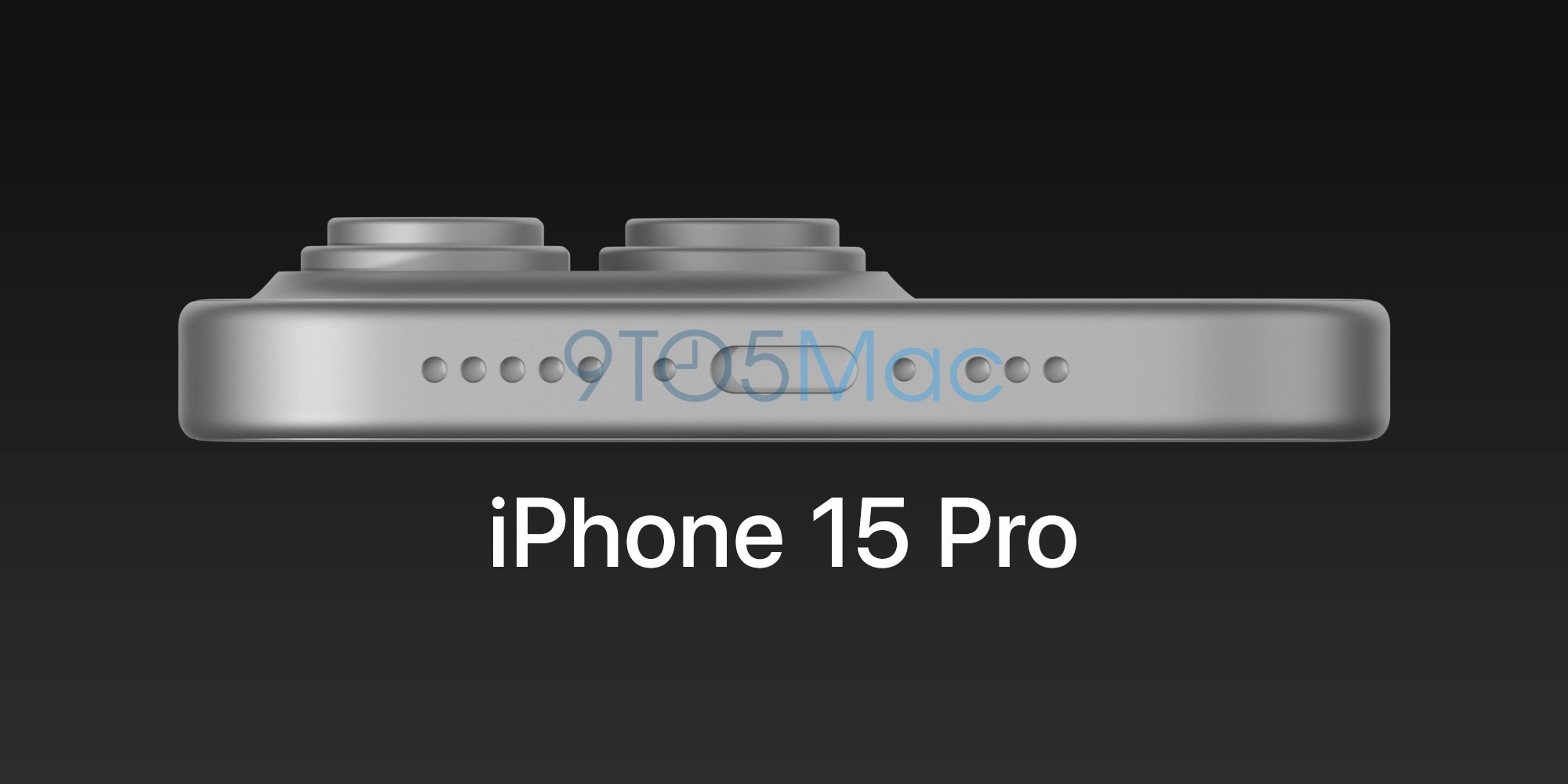The dream of many apple growers may soon become a reality. We are specifically talking about the return of Touch ID on iPhones, from which it gradually began to disappear after the introduction of Face ID in 2017. A few days ago, Apple registered another series of patents, in which it deals with the under-display Touch ID and what's more, in addition to the authentication function he wants to teach him, for example, how to measure blood oxygenation and the like. What is quite interesting, however, is that the vast majority of analysts currently agree that Touch ID under the display would probably be more of a supplement to Face ID than a full replacement. However, if this were indeed the case, a fundamental question arises - why the hell until now?

Although Face ID works great, on the other hand, apparently every user of it has experienced at least once in their life a moment when this technology was clearly not usable. We are talking about situations where a person has, for example, a covered face and the like, which we enjoyed to our heart's content during the coronavirus crisis. The return of Touch ID to iPhones as a secondary authentication option would therefore certainly be nice, at least for these rare situations. And that's what makes him even more frustrated that he wants to be a perfectionist here again and only wants to return the technology when he is able to integrate it perfectly under the display and offer a number of other functions through it. At the same time, he already has the technology, thanks to which he would be, or at least should be, able to return Touch ID to iPhones "from scratch". We are specifically referring to Touch ID in the Power Button of iPads, a solution that has proven to be quite happy in the long run. Sure, compared to iPhones, the iPad's Power Buttons are significantly larger, but Apple is a master of minimization and could certainly make the technology a little smaller. If he went in this direction, we could have Touch ID on iPhones back from 2020, when the first iPad Air got it in the Power Button.
Generally speaking, Apple's handling of authentication technologies in its iPhones is largely unique. Only a few manufacturers stick to only one biometric authentication supplemented with a numerical code for their phones. Sure, we can talk about how reliable their solutions are, but one thing has to be left to them willy-nilly – thanks to the possibility of combining multiple authentication options, unlocking phones is, in short, easier, faster and hassle-free under any circumstances. Precisely for that reason, we certainly wouldn't be angry with Apple for the return of Touch ID either, quite the opposite. Because sometimes it's damn convenient to choose.



